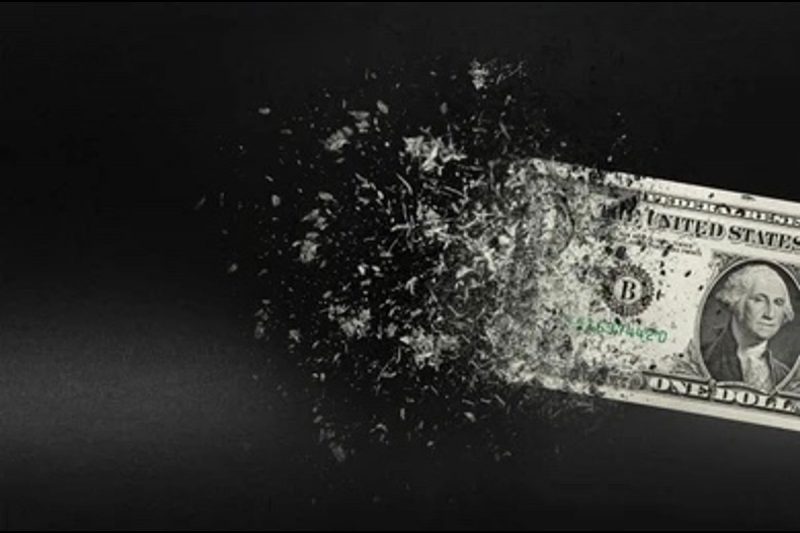According to the US Bureau of Labor Statistics, the Consumer Price Index (CPI) increased by 1% between May and June to take its percentage change in the last 12 months to 8.6%, as the crypto industry continues to battle a bear market.
This is a sign of the continued rising inflation and the fastest increase in 40 years for the CPI. It also shows that inflation is a major problem for the economy of the United States. However, core inflation rose by only 0.6%, the same as in April.
Although the CPI is not the Fed’s preferred inflation gauge, higher consumer prices represent a major issue. The CPI report will likely play an integral role in the FOMC meeting scheduled for next week and could influence any decision by the committee.
There are indications that the Fed plans to increase the interest rate by 50 base points. But with the report showing that inflation is not slowing, the central bank might decide to hike the interest rate at a faster pace.
As Jim Reid of Deutsche Bank said,
It would now be a massive surprise at this point if the Fed did anything other than a second consecutive 50bps hike next week.
What Does This Mean for Crypto?
A further hike in the interest rate could significantly affect the crypto market, which has been struggling throughout the year. For context, the past two months have been particularly troubling as the Terra ecosystem crashed, pulling the wider market along with it.
According to data from CoinGecko, the crypto market cap is down by over 3% in the last 24 hours. In addition, Bitcoin continues to hover between $29 and $30k level, while other major assets are also struggling.
Meanwhile, the negative performance of the assets has made some advocates talk about crypto being a hedge against inflation.
Coinbase CEO Brian Armstrong said this bear market appears very different from previous ones due to crypto having more use cases. But he believes the total market cap of crypto will need to increase by five to ten times to make the asset class an inflation hedge.





